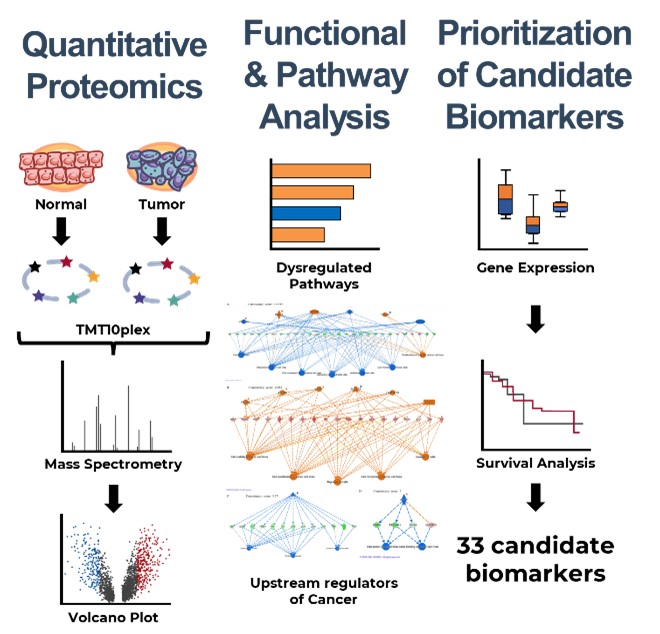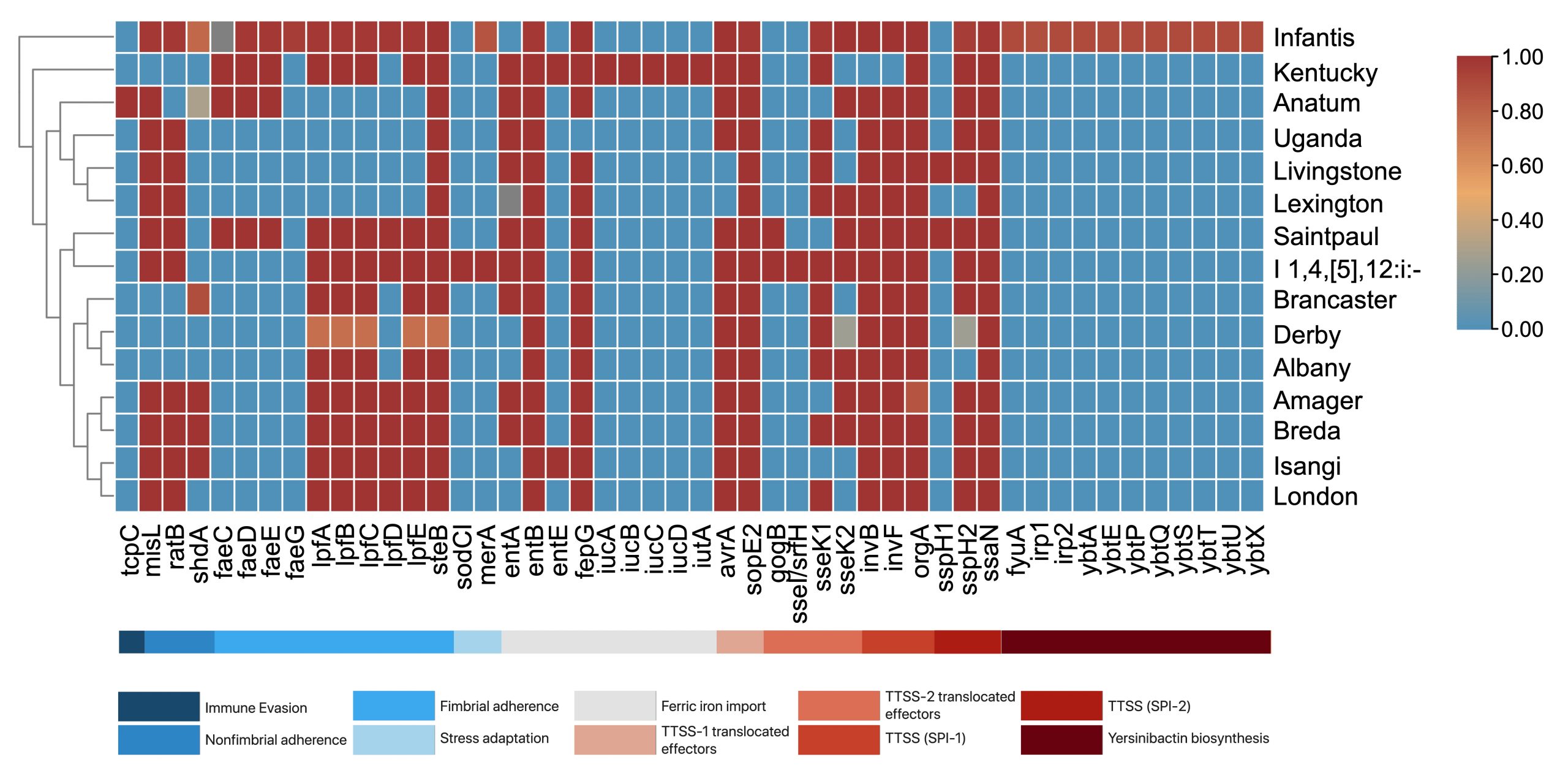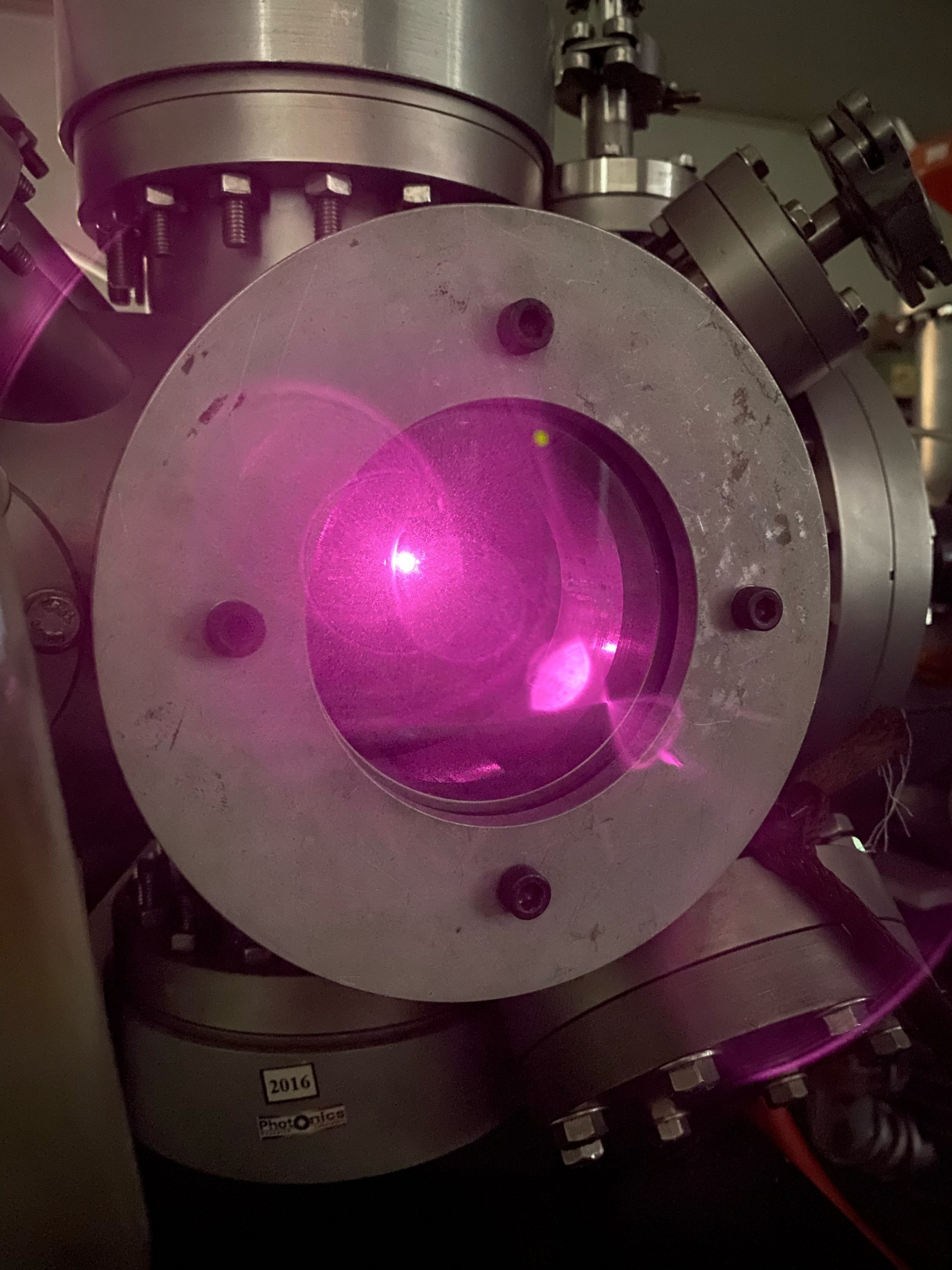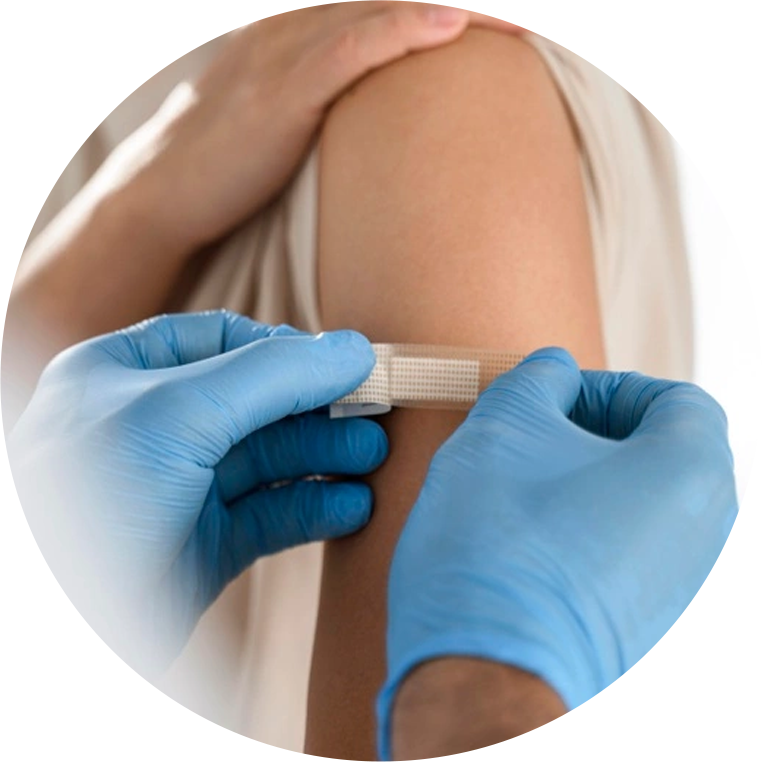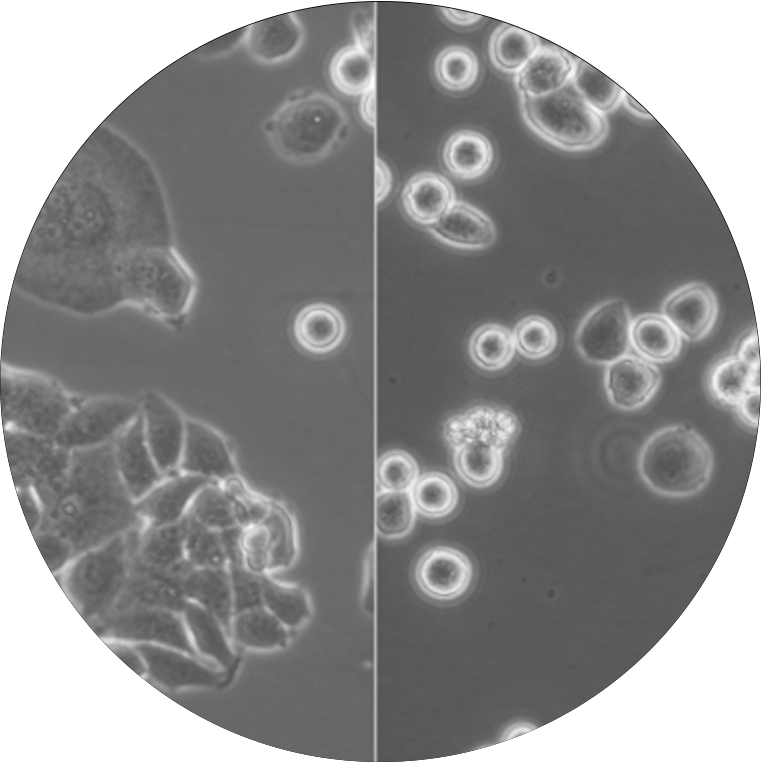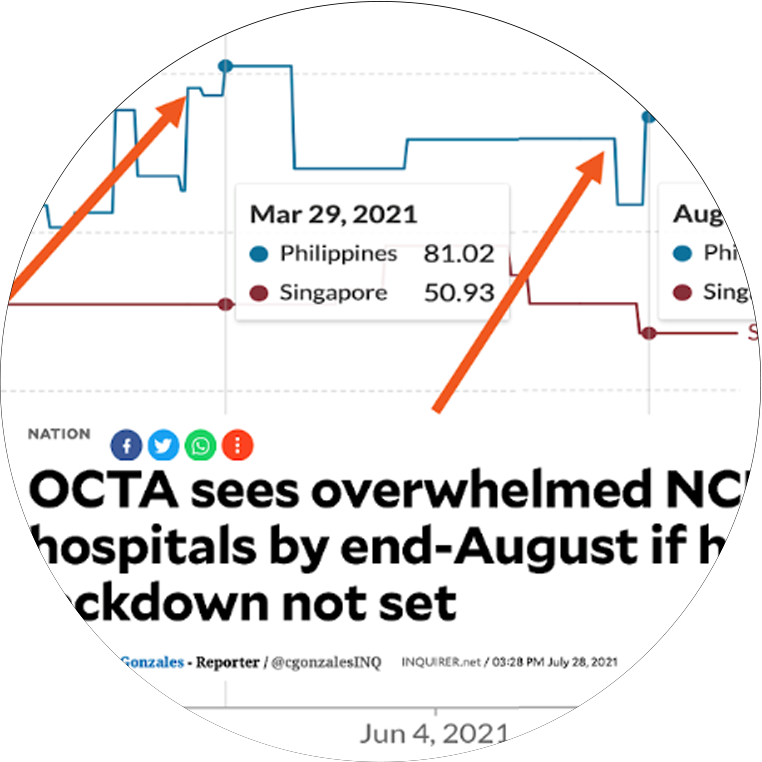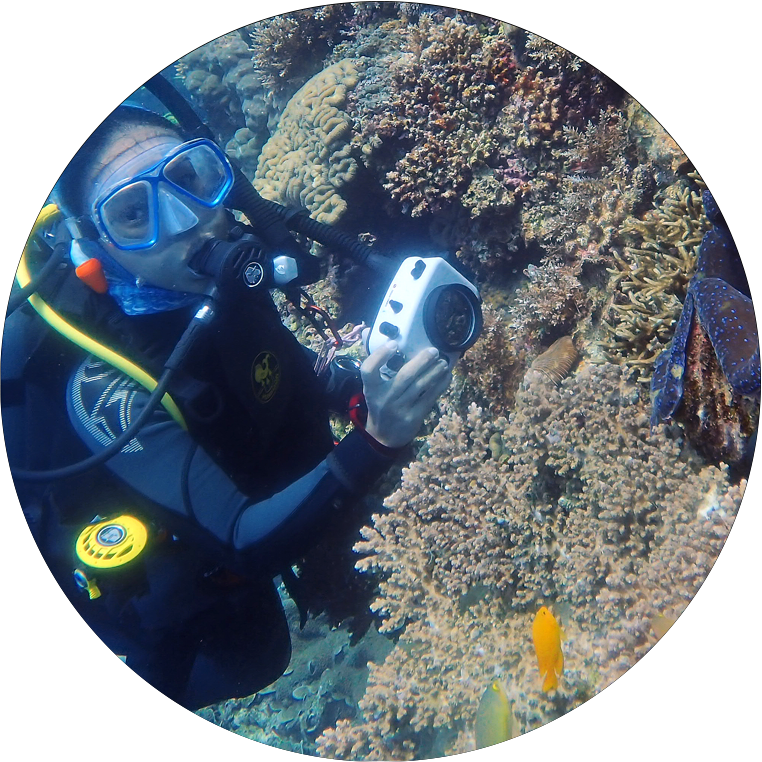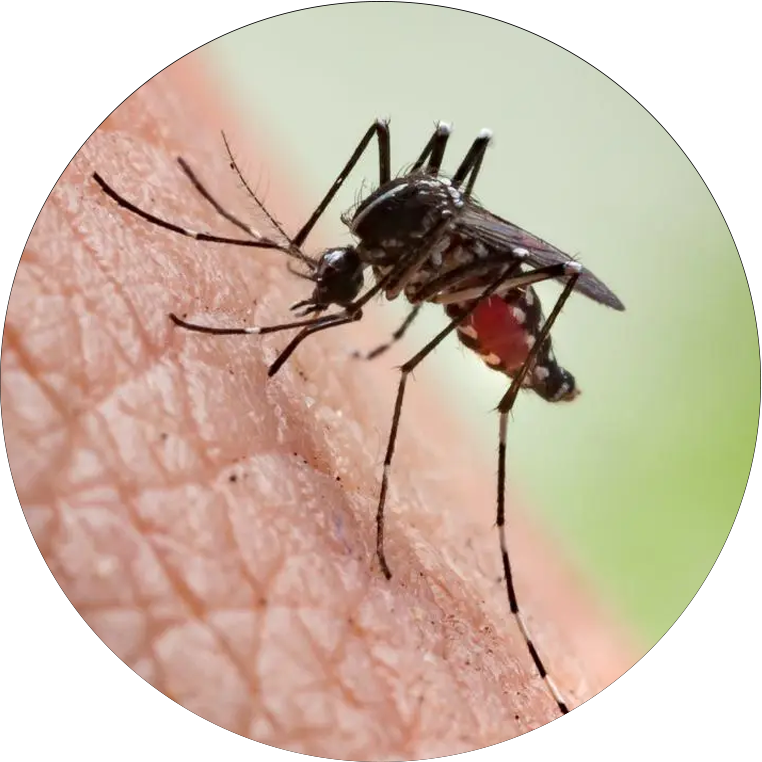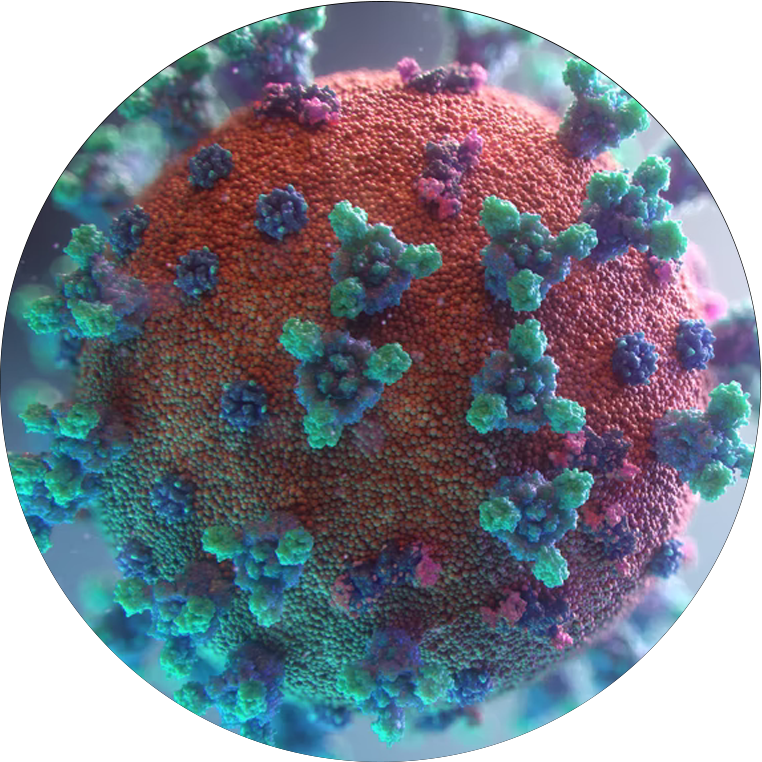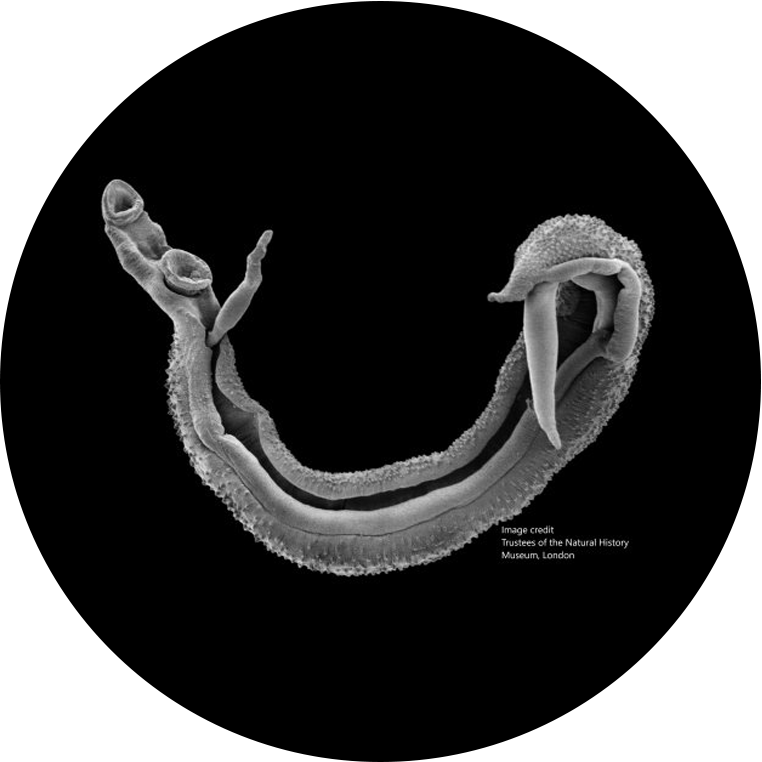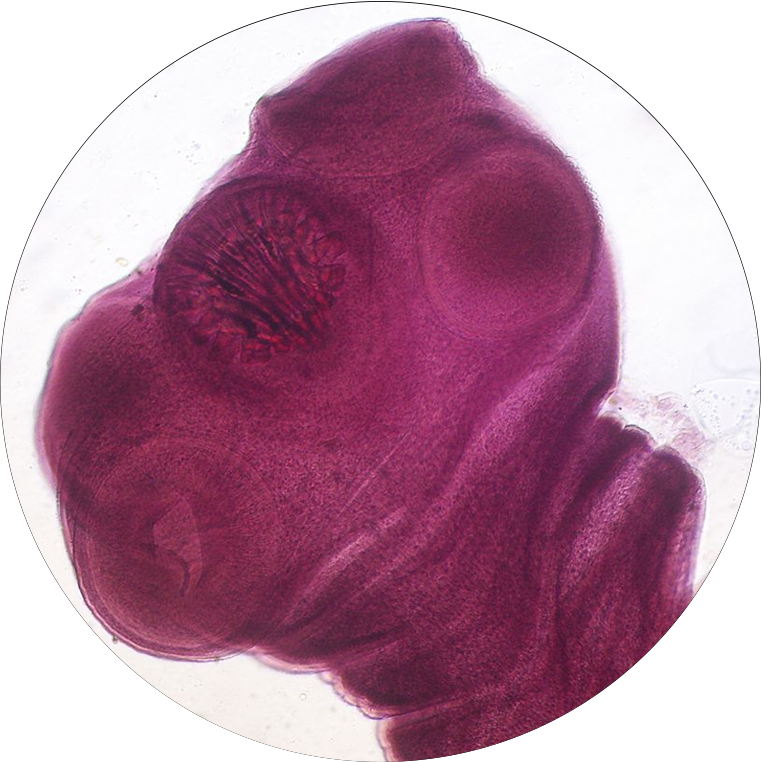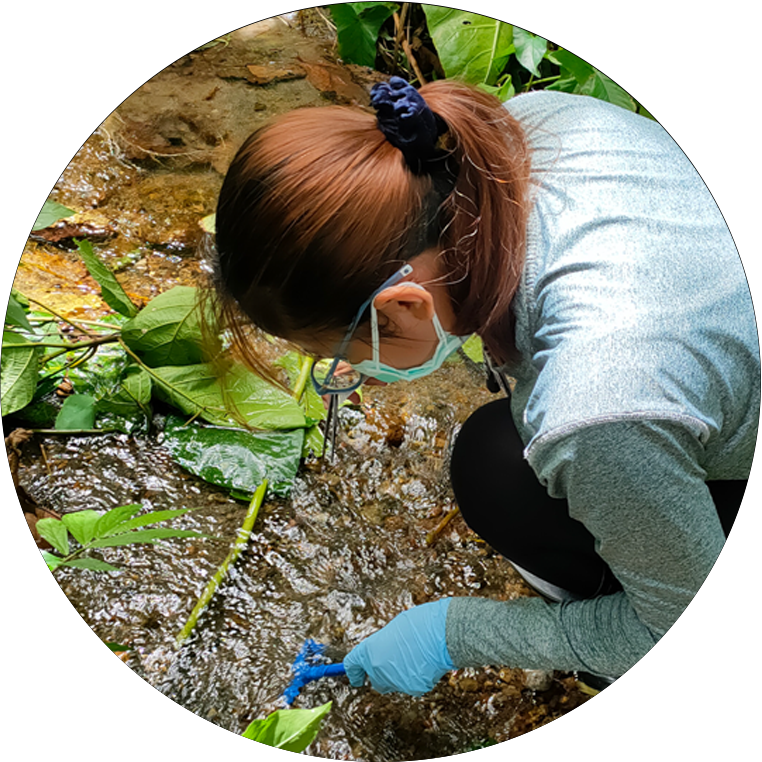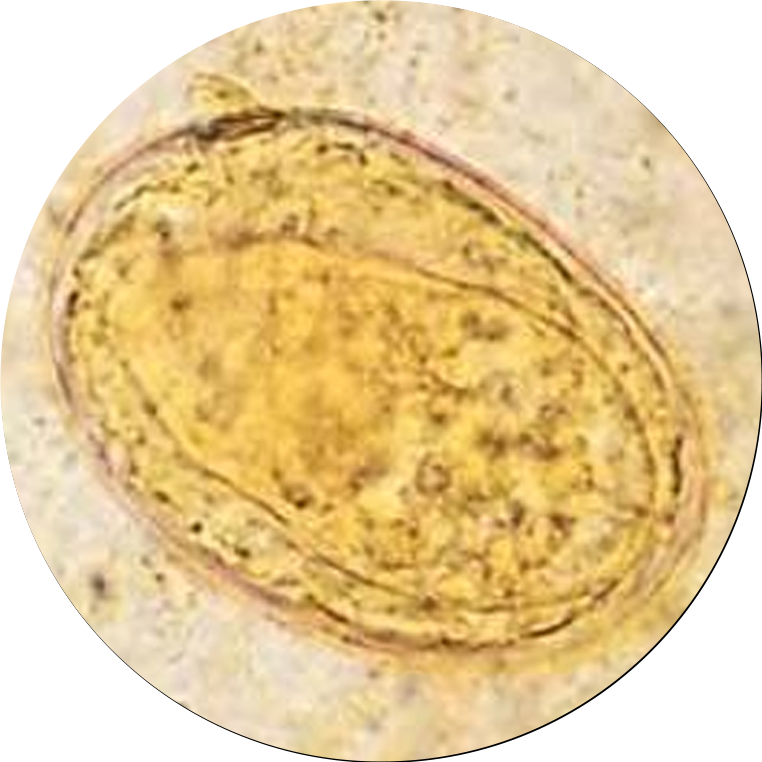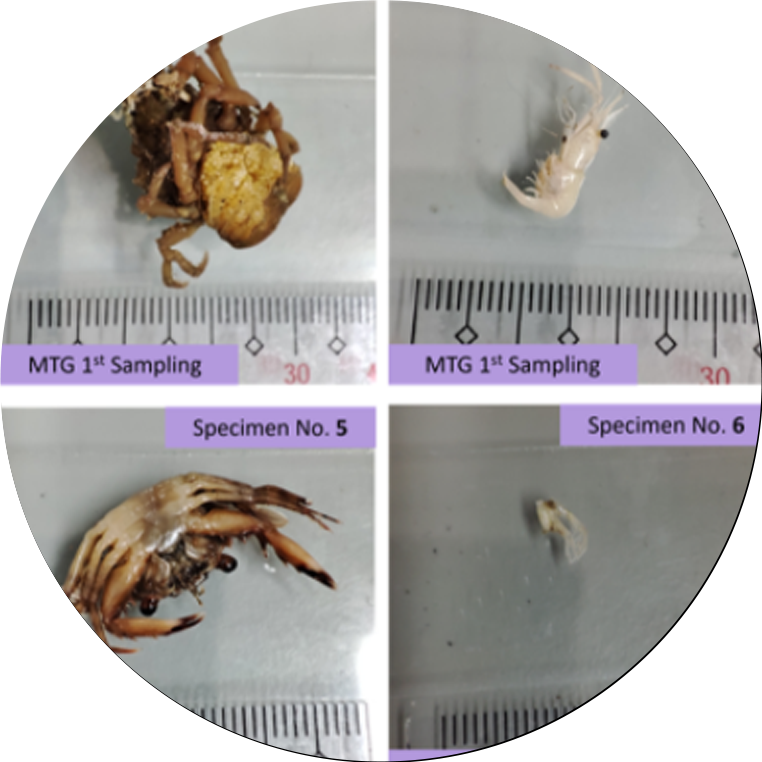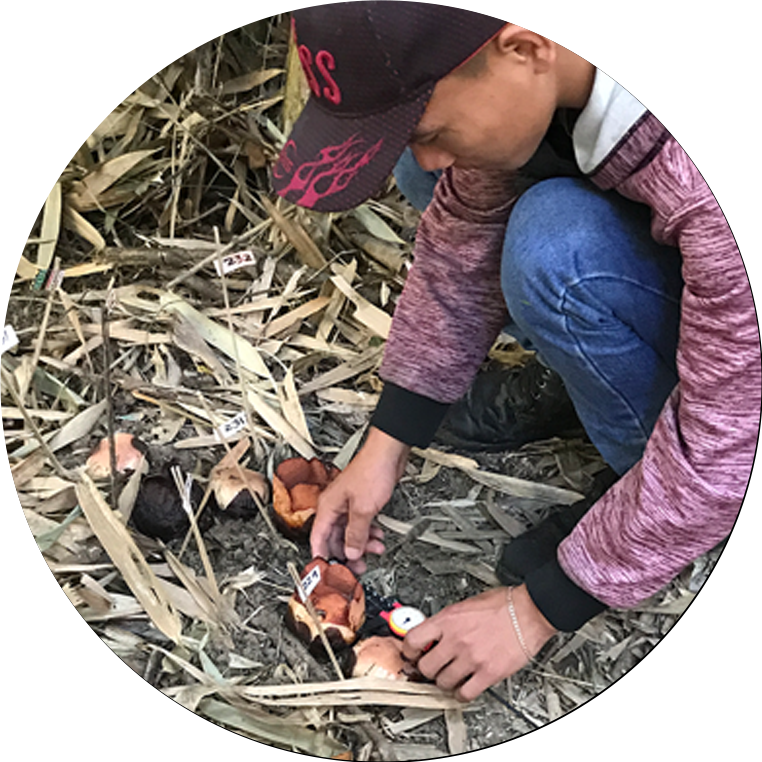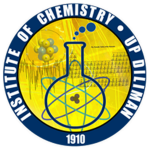SCIENCE – University of the Philippines Diliman


FEATURED NEWS
According to the International Agency for Research on Cancer, lung cancer is the leading cause of cancer-related deaths worldwide, with nearly 2 million deaths. In the Philippines in 2022, it recorded 23,728 new cases—making it the second most common cancer after breast cancer—and caused 20,953 deaths, the highest among all cancer types. Non-small cell lung carcinoma (NSCLC) is the most common type of lung cancer, accounting for more than 80% of cases. Experts say that late diagnosis and challenges in treating late-stage cases are the main factors affecting the cancer mortality rate, including NSCLC.
Biologists from the University of the Philippines Diliman – College of Science, Institute of Biology (UPD-CS IB) call for further and more in-depth surveillance of foodborne pathogens like the bacterium Salmonella in poultry products. Infections caused by Salmonella typically result in symptoms such as fever, abdominal pain, diarrhea, nausea, and sometimes vomiting, which usually appear 6 to 72 hours after ingestion of Salmonella, and can last 2-7 days.
Traditional pulsed laser deposition (PLD) methods typically use high-energy lasers with nanosecond-long pulses. Inspired by this, scientists from the University of the Philippines – Diliman College of Science (UPD-CS) challenged the conventional approach by using a lower-energy femtosecond laser with nanojoule pulse energy.
According to the International Agency for Research on Cancer, lung cancer is the leading cause of cancer-related deaths worldwide, with nearly 2 million deaths. In the Philippines in 2022, it recorded 23,728 new cases—making it the second most common cancer after breast cancer—and caused 20,953 deaths, the highest among all cancer types. Non-small cell lung carcinoma (NSCLC) is the most common type of lung cancer, accounting for more than 80% of cases. Experts say that late diagnosis and challenges in treating late-stage cases are the main factors affecting the cancer mortality rate, including NSCLC.
Biologists from the University of the Philippines Diliman – College of Science, Institute of Biology (UPD-CS IB) call for further and more in-depth surveillance of foodborne pathogens like the bacterium Salmonella in poultry products. Infections caused by Salmonella typically result in symptoms such as fever, abdominal pain, diarrhea, nausea, and sometimes vomiting, which usually appear 6 to 72 hours after ingestion of Salmonella, and can last 2-7 days.
Traditional pulsed laser deposition (PLD) methods typically use high-energy lasers with nanosecond-long pulses. Inspired by this, scientists from the University of the Philippines – Diliman College of Science (UPD-CS) challenged the conventional approach by using a lower-energy femtosecond laser with nanojoule pulse energy.
CS DRIVE
Database of Researches, Innovations, Ventures, and Extension Projects

